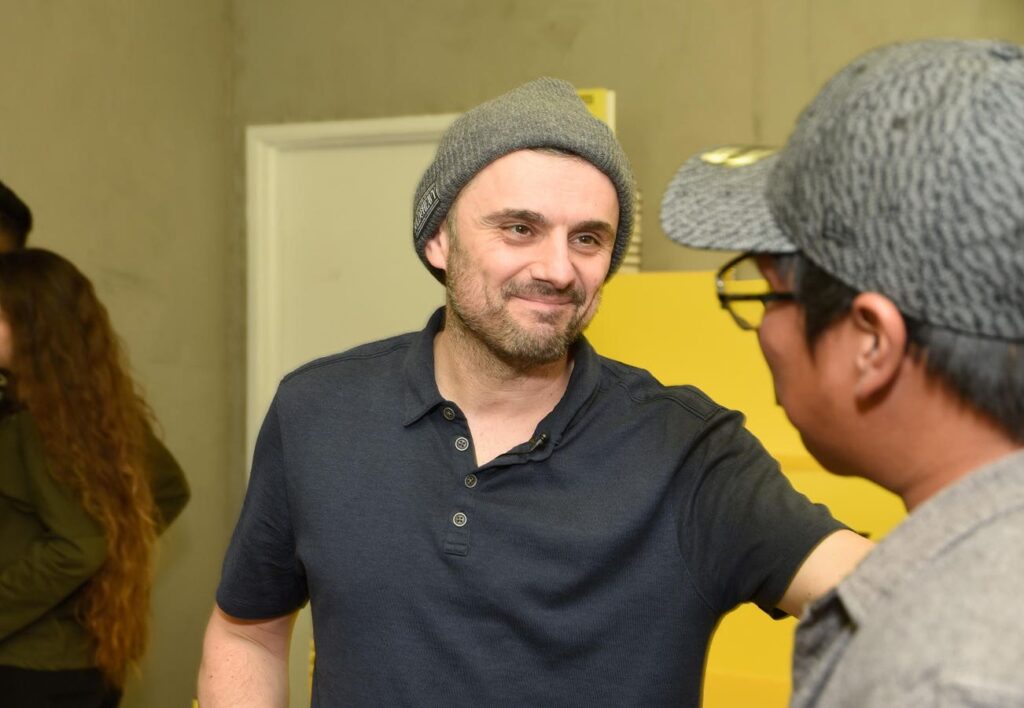Saying yes to everything might seem like the path to success. But the most accomplished people know that saying no is often more powerful. They guard their time fiercely and focus on what truly matters.
You’re not being antisocial, unhelpful or rude. You’re simply closing off the options that don’t align with your priorities. Being smart with your most precious resource: time. Here’s how successful people master the art of saying no.
How to protect your time like it’s your most valuable asset
Set clear priorities
Successful people know exactly what they want to achieve. They are laser-focused on their goals. This clarity makes it easier to say no to things that don’t align. Tim Ferriss, podcaster, author and entrepreneur, uses a “not-to-do list” to avoid time-wasters and maintain focus on what’s truly important.
Write down your top goals. Be ruthless in cutting the list down to the most important ones. When opportunities come up, ask yourself if they truly help you achieve these goals. If not, it’s a no.
Create boundaries
High achievers set clear boundaries around their time and energy. They know when they work best and they don’t give those hours away. Reshma Saujani, founder of Girls Who Code, practices “monk mode” mornings. For the first three hours of her day, she doesn’t check email or social media. She uses this time for deep work and strategic thinking.
Set your own non-negotiable boundaries. Maybe it’s no meetings before 10 am, or no work emails on weekends. Communicate these boundaries clearly to others and stick to them.
Be direct and honest
Successful people don’t beat around the bush when saying no. They’re clear and honest about why they’re declining. Gary Vaynerchuk, entrepreneur and internet personality, openly states, “I put zero weight into anyone’s opinion about me because I know exactly who I am. Can you say the same?” He’s not scared of what someone might think. His boundaries are more important and he communicates them upfront.
Practice being direct. Instead of making excuses, simply say, “I can’t take this on right now because it doesn’t align with my current priorities.” People respect honesty more than vague excuses.
Offer alternatives when possible
Sometimes, a flat no isn’t the best option. Successful people often offer alternatives or solutions when they can’t say yes. This shows they care and want to help, even if they can’t do exactly what’s asked. Maybe it’s offering a team member’s help. Signposting a resource. Recording a Loom instead of booking a call.
If you can’t take on a project, you probably know someone who can. Or perhaps you can help in a smaller way. Suggest these alternatives. It maintains good relationships while protecting your time.
Guard your schedule
Top achievers are intentional about how they structure their day. Lauren Eskin, owner of LoLa Design Co, starts her day by creating a to-do list divided into tasks for herself, her team, and those that can wait.
Mark Cuban, entrepreneur and investor, says, “I try to be as responsive as possible, but I don’t let email control my day. I check it first thing in the morning and then every two hours.” Two hours is a big batch of time to be focused on one thing.
Prioritize personal time
Successful people understand the importance of personal time for their overall productivity and well-being. Sheryl Sandberg, former COO of Meta, leaves the office to have dinner with her kids. She responds to emails only after her kids are asleep..
Sallie Krawcheck, co-founder and CEO of Ellevest, schedules her workouts like she schedules her meetings. It’s a non-negotiable part of her day.
Simplify decision-making
Reid Hoffman, co-founder of LinkedIn, tries to eliminate or automate any decision that he has to make on a repeated basis. This frees up mental energy for more important decisions.
You can apply this principle by creating systems for routine tasks. Set up email filters to sort your inbox automatically. Use a meal planning app to decide what to eat each week. Wear similar outfits each day to reduce decision fatigue. By simplifying these small choices, you’ll have more mental space for the big decisions that really matter.
Create space between tasks
Whitney Wolfe Herd, founder of Bumble, tries to avoid scheduling back-to-back meetings. She needs time in between to process information and prepare for the next one.
This gap isn’t just about catching your breath. Use it to record key takeaways from your last task, prepare for the next one, or simply clear your mind. Even five minutes between activities can help you refocus and be more present. Try scheduling 25 or 50-minute meetings instead of the standard 30 or 60, giving yourself that crucial buffer.
Take extended breaks
Some successful people take saying no to the extreme. Yvon Chouinard, founder of Patagonia, took months off every year when he ran the company, to recharge and pursue outdoor activities. He saw it as essential for his creativity and leadership.
While this might not be feasible for everyone, the principle remains valid. Regular, significant breaks can boost your productivity and creativity. Take time off to get fresh perspectives and renewed energy when you return to work.
Say yes to saying no: cultivate selective focus
When you know which doors you’re going through, closing the wrong ones doesn’t matter. Master the art of saying no to have zero regrets. Focus your energy on the things that will move you closer to your goals.
Copy the strategies of successful entrepreneurs when you set clear priorities, create strong boundaries, be direct and honest, and offer alternatives when you can. Guard your schedule, prioritize personal time, simplify your decision making and create space between tasks. Your time and focus are your most valuable assets. Act accordingly.
Read the full article here











